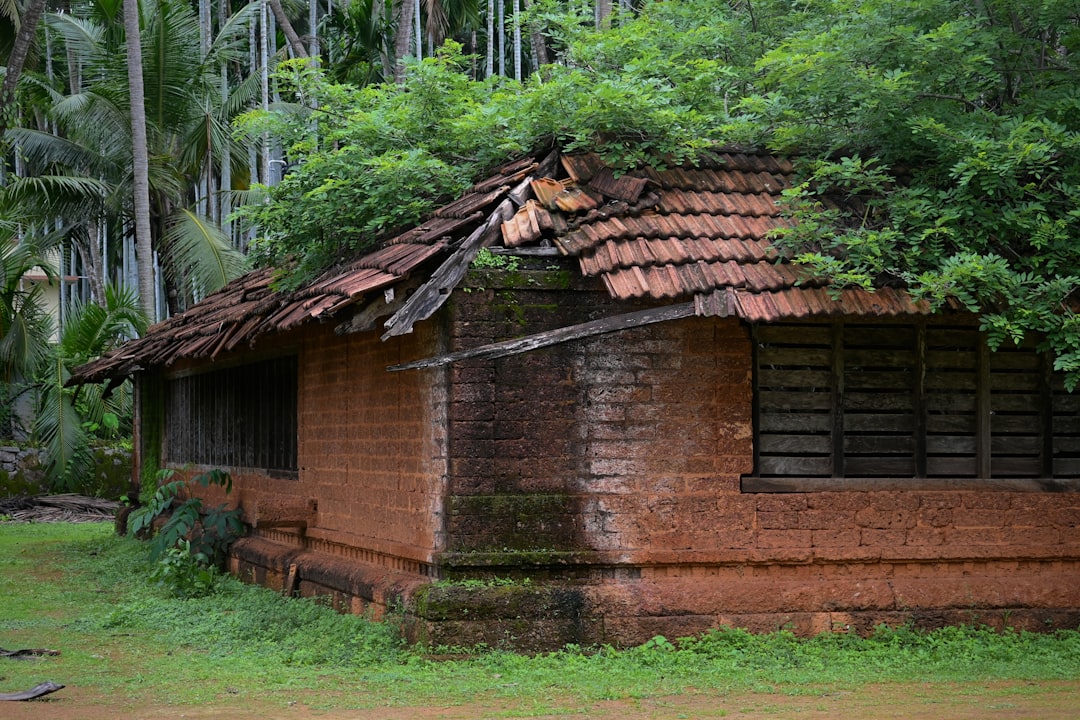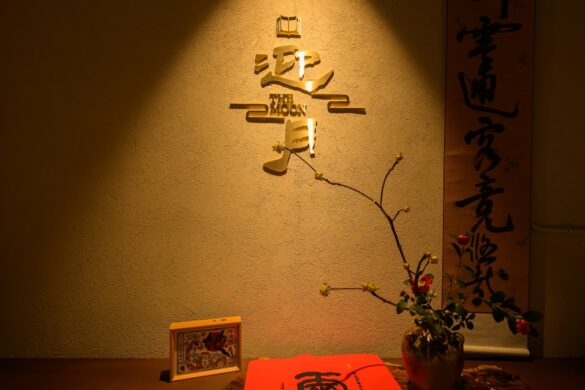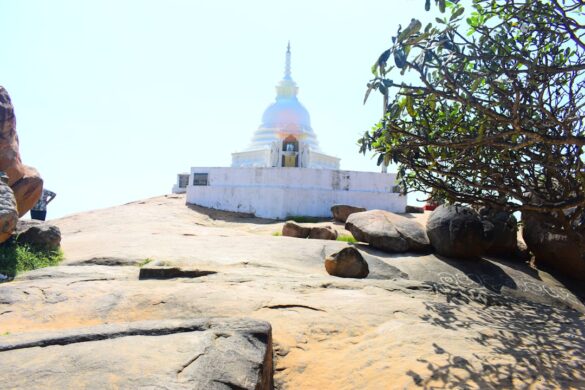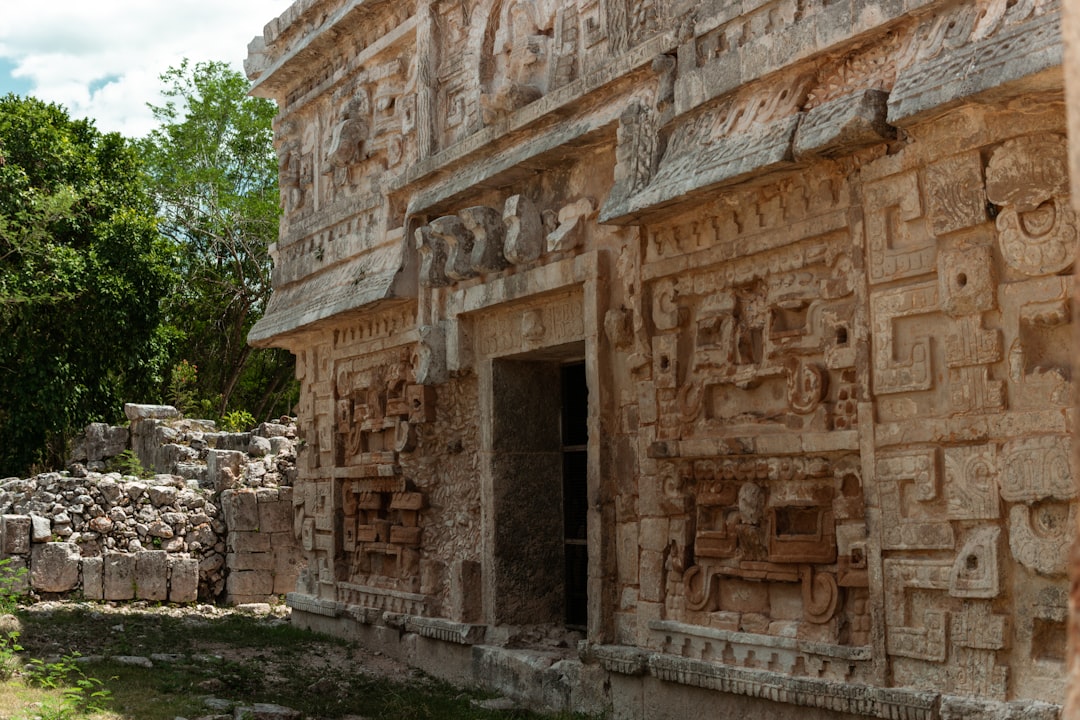Introduction to Sri Lanka’s Architectural Wonders
Sri Lanka, a pearl in the Indian Ocean, is renowned for its stunning landscapes and rich cultural heritage. This island nation is a cornucopia of history, tradition, and architectural marvels. From ancient rock fortresses to modern buildings that reflect its unique blend of cultures, exploring Sri Lanka’s architectural significance is an adventure in itself. Join us as we journey through some of the most magnificent architectural masterpieces that this beautiful country has to offer, and uncover the stories behind their construction and cultural importance.
The Majestic Sigiriya Rock Fortress
At the heart of Sri Lanka’s architectural gems lies the Sigiriya Rock Fortress, a UNESCO World Heritage Site. Raised nearly 200 meters above the ground, this ancient fortress was built during the reign of King Kassapa I in the 5th century AD. The journey begins with a magnificent ascent up a series of spiral staircases and depressions cut into the rock face, revealing breathtaking views of the surrounding landscape. The frescoes depicting celestial maidens and the Lion’s Gate entrance still capture the imagination of curious travelers, standing as a testament to the sophistication of ancient Sri Lankan artistry.
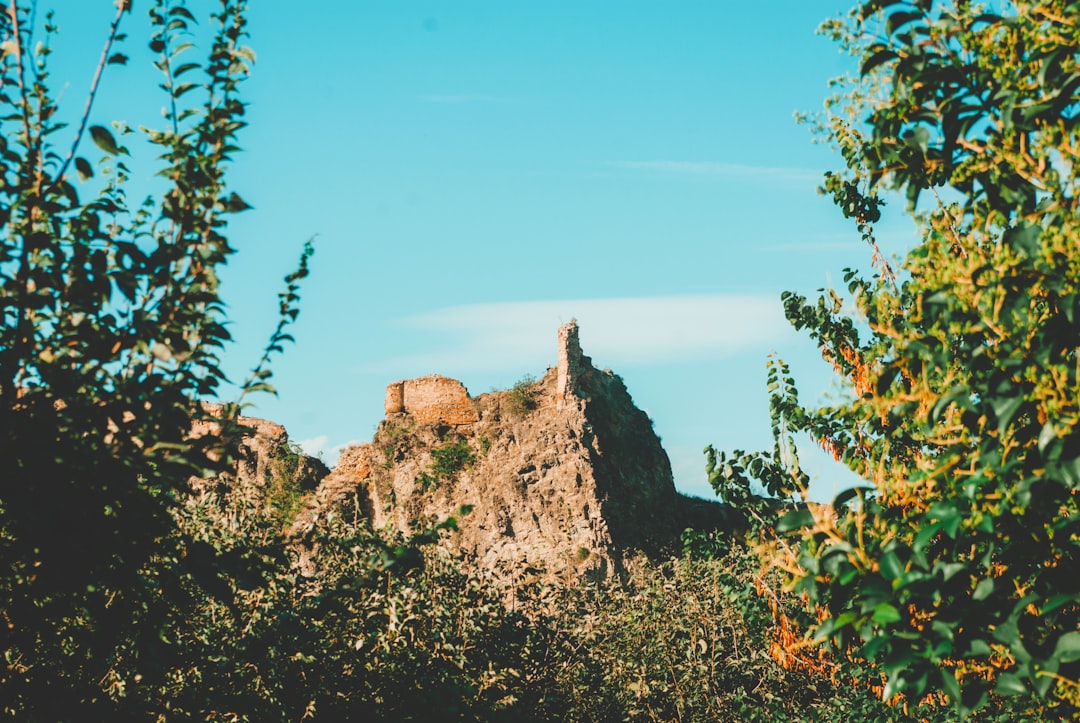
The striking Sigiriya Rock Fortress stands as an emblem of ancient Sinhalese civilization, encapsulating the splendor of its time.
As you stand atop this ancient citadel, the ruins of royal gardens and water features beneath whisper tales from the past. Don’t forget to explore the nearby archaeological museum for a deeper understanding of its historical significance, where artifacts and models illustrate the ingenuity of ancient engineering.
The Sacred City of Anuradhapura
Another jewel of Sri Lankan architecture is the Sacred City of Anuradhapura, a former capital and a place where ancient roots run deep. Founded in the 4th century BC, this city is replete with stupas, monasteries, and palaces, showcasing the grandeur of ancient Sinhala architecture. The most notable features include the Jethavanaramaya Stupa, standing as one of the largest stupas ever constructed, and the sacred Bodhi Tree, a cutting from the original tree under which Buddha attained enlightenment.
Walking through the expansive ruins gives tourists a glimpse into a sophisticated culture that placed a high value on architectural achievement and religious devotion. Each structure in Anuradhapura has its own story, offering rich narratives of Sri Lanka’s past. The conservation efforts to preserve these historical sites are also noteworthy, allowing future generations to witness the architectural brilliance that once thrived here.
Decimal of Colombo’s Urban Architecture
In contrast to ancient sites, modern-day Colombo, the commercial capital of Sri Lanka, displays an eclectic mix of colonial, modern, and contemporary architecture. The city features stunning structures like the Lotus Tower, which is the tallest in South Asia, standing at 350 meters. The tower resembles a lotus blossom, symbolizing purity and beauty, and provides sweeping views of the city from its observation deck.
Colombo's tranquil and serene Buddha statue in the city cannot go unnoticed amidst its bustling urban environment. It reflects the serene life amidst the chaos.
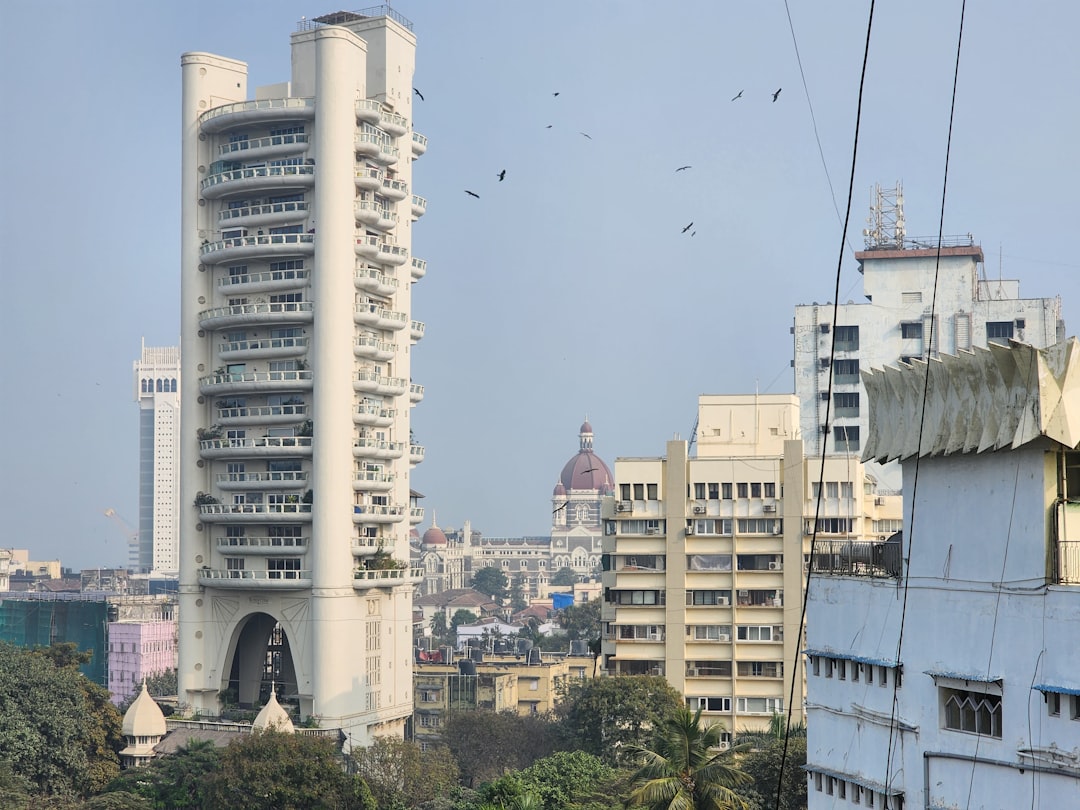
Another noteworthy landmark is the Independence Memorial Hall, which commemorates the independence of Sri Lanka from British rule. The structure employs traditional Sri Lankan architectural elements that beautifully blend with classic design aesthetics. Visitors can stroll around the expansive gardens and admire the lion sculptures that guard this iconic site.
The Serene Temples of Kandy
Surrounded by mountains, Kandy is home to the sacred Temple of the Tooth Relic, a significant temple that houses one of Buddha’s teeth. The temple architecture exhibits elaborate designs crafted with intricate woodwork, beautiful paintings, and marvelous stone carvings. It is a prime example of the island’s artistry that has been maintained through generations.
Visiting during the Esala Perahera festival provides a vibrant experience where ancient traditions and architectural beauty come alive in a captivating procession. This festival, dedicated to the sacred relic, involves dancers, drummers, and elegantly decorated elephants parading through the streets, showcasing a deep reverence for culture and history.
Exploring the Offbeat: Jaffna Architecture
Traveling beyond the usual tourist path leads you to Jaffna, a city rich in heritage and home to unique architectural styles reflective of Tamil culture. From the Nallur Kandaswamy Temple with its colorful facade to charming colonial-era buildings, Jaffna is a blend of history and cultural resilience. This area is often overshadowed by its more popular counterparts but offers a genuine and intimate look at Sri Lanka’s diverse architecture and heritage.
Conclusion: The Landscape of Architectural Diversity
From ancient rock fortresses to modern architectural wonders, Sri Lanka offers a tapestry of structures that narrate the story of its civilization. Each architectural site encapsulates a unique aspect of Sri Lanka’s history, culture, and artistry. Whether you are an architecture enthusiast or simply curious, discovering the architectural masterpieces of this beautiful island will enrich your travel experience.
Sri Lanka's architecture is a reflection of its rich cultural heritage, blending ancient traditions with stunning artistry.
If you’re compelled to dive deeper into this fascinating journey, consider booking a guided tour that provides first-hand insights into these architectural marvels. A knowledgeable guide can unveil hidden tales and lead you to lesser-known sites that deserve attention.

